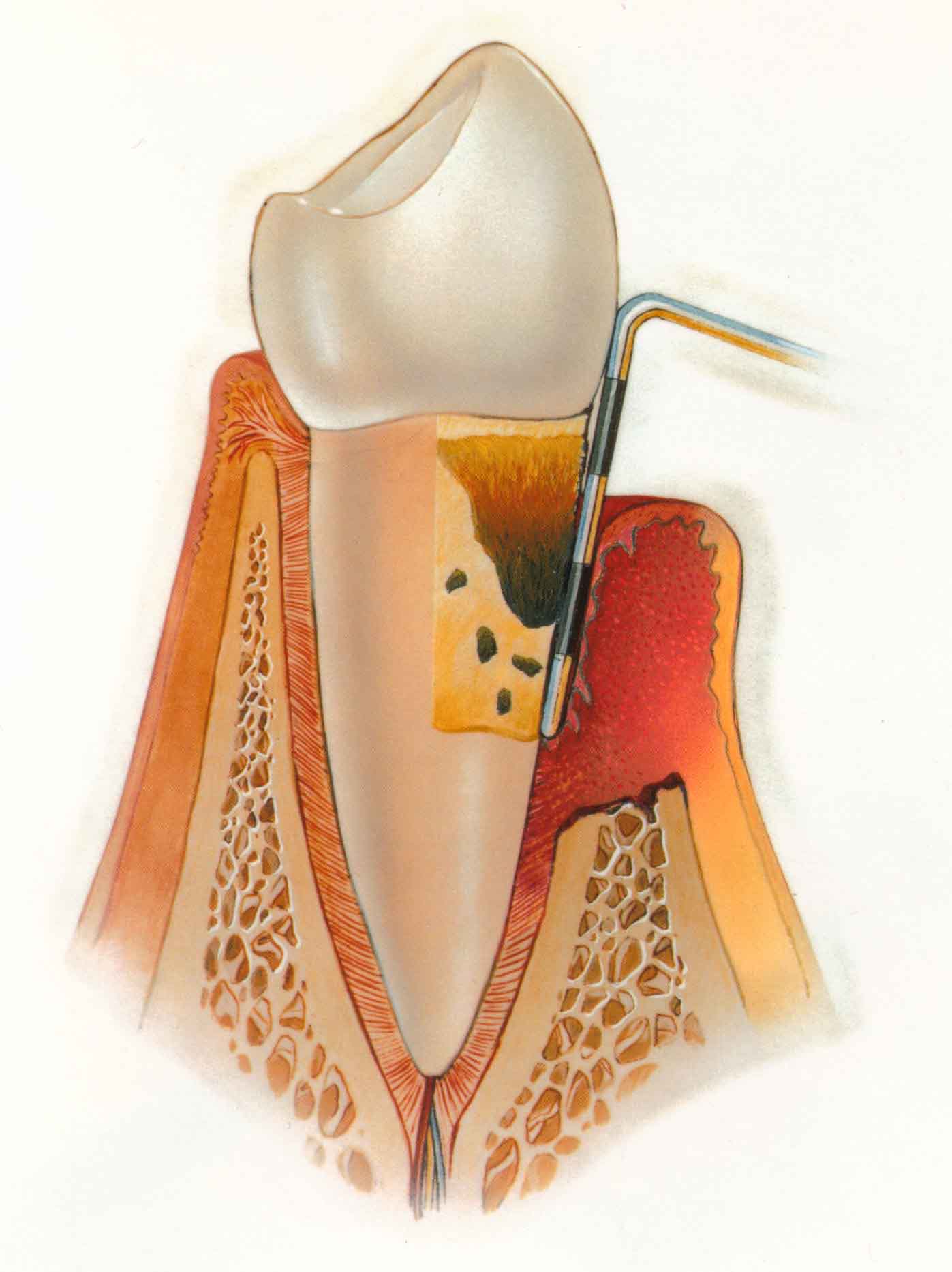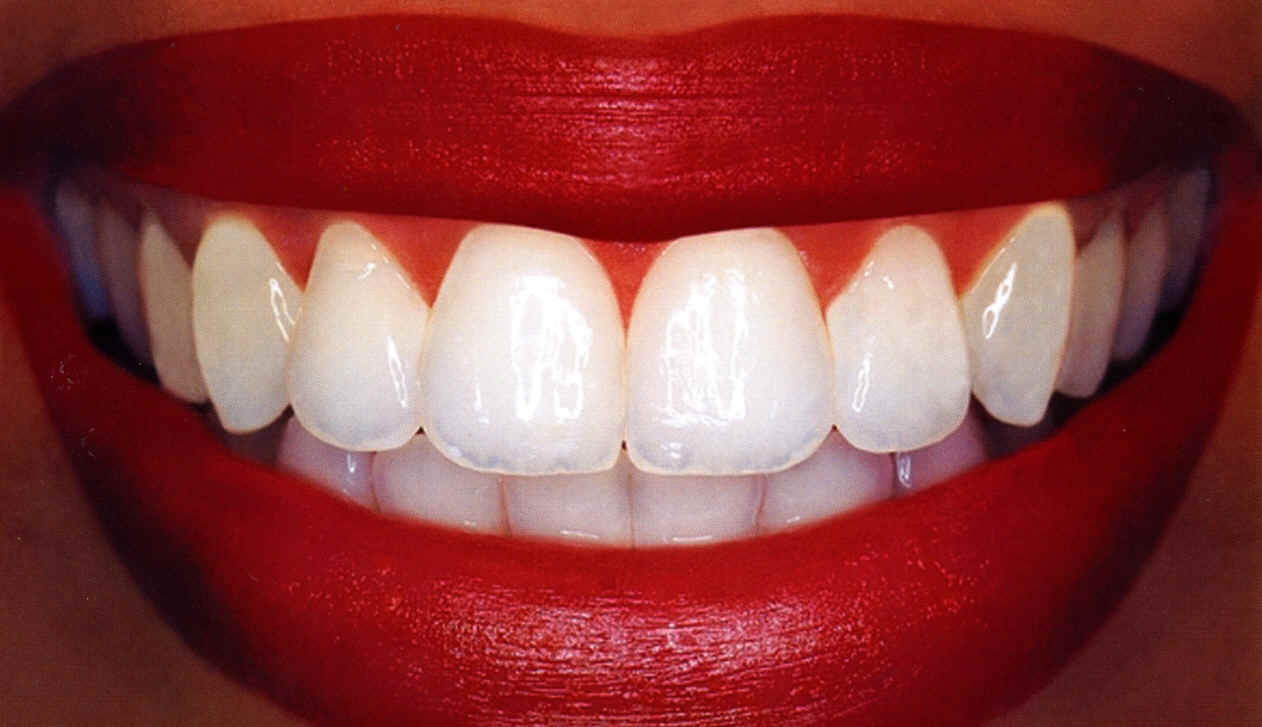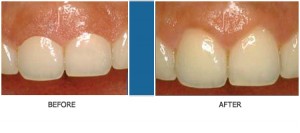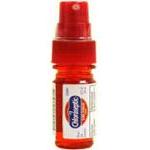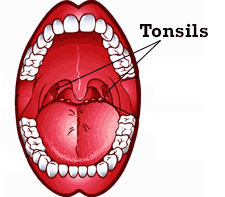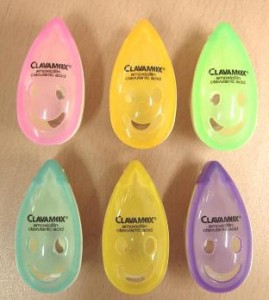How is the basic gingival flap surgery procedure performed
First a local anesthetic injection will be given to the site of the surgery to numb the area. This injection is the same type of injection used when extracting teeth. Therefore, no excessive sedation is necessary unless the patient is very anxious. Then, your dentist will wait a few minutes and test the area again for numbness. The dentist will than make incisions or cuts along the gum margin (neck of the tooth) . When that is done, two vertical incisions are made according to the width of the gingival flap. The gingival flap is than pulled away from the jaw bone using a forceps and a elevator. Your dentist will then examine the exposed bone and roots. If there are inflamed or swollen gum tissue between the teeth, your dentist will remove it. Depending on the situation, inflamed gum tissue may also have to be removed from holes in the bone. Continue reading

